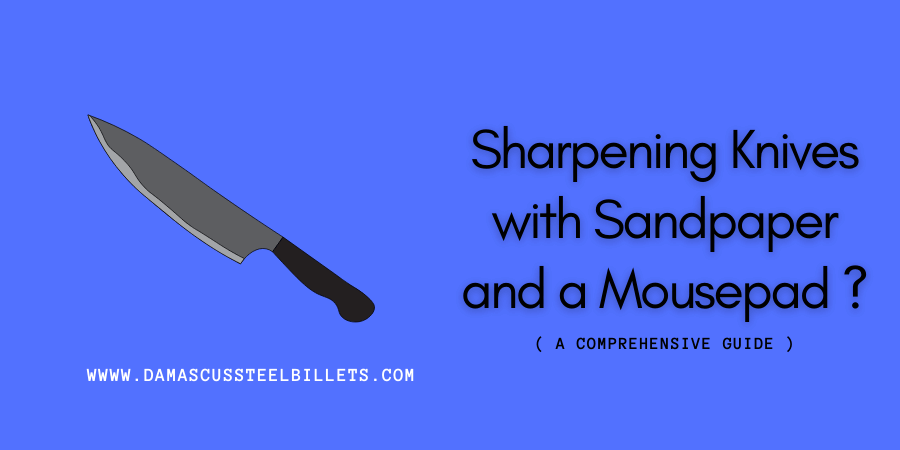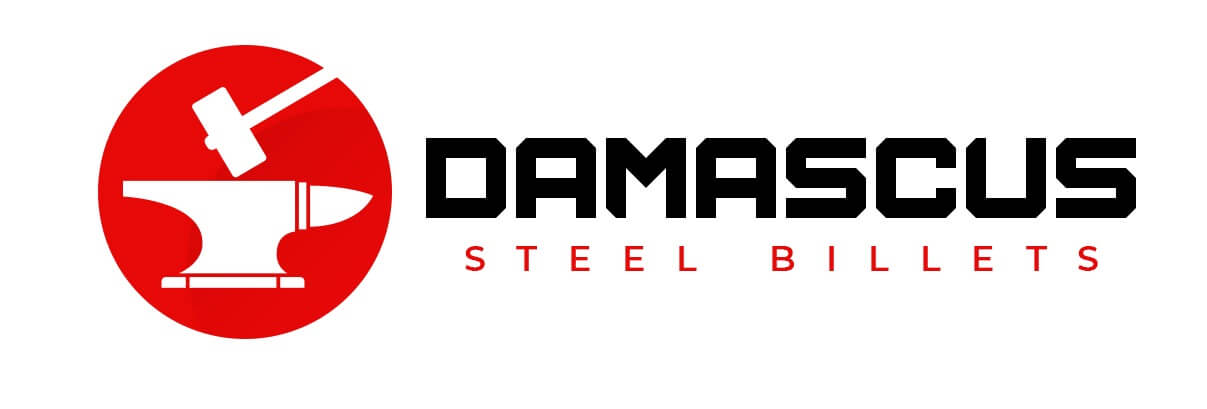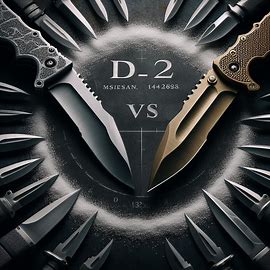
A finely sharpened knife is every chef’s secret weapon in the kitchen. Yet, the prospect of sharpening knives can be overwhelming. Fear not, as we present a solution that merges simplicity and effectiveness: knife sharpening using sandpaper and a mousepad. This guide delves into the intricacies of this technique, its benefits, essential tools, and answers to common queries.
How to Expertly Sharpen Knives with Sandpaper and a Mousepad
While unconventional, sharpening knives with sandpaper and a mousepad yields impressive results.
Here’s a step-by-step breakdown:
Advantages of this Sharpening Approach
This method of knife sharpening brings forth several notable advantages:
Affordability: Embracing readily available sandpaper and a mousepad proves cost-effective, aligning with budget-conscious choices.
Precision: The controlled abrasiveness of sandpaper, coupled with the mousepad’s flexibility, empowers precise control over the sharpening process.
Ease of Use: This technique welcomes beginners, requiring no advanced skills or specialized equipment.
Necessary Tools
Before embarking on the sharpening journey, gather the following:
- A dull knife in need of sharpening
- Assorted grits of sandpaper (ranging from coarse to fine)
- A soft mousepad
- Water (for lubrication)
- A clean cloth (for wiping the knife)
- Patience and steady hands
Setting Up the Stage
Place the mousepad on a flat surface, creating a steady platform for sharpening.
Secure a sheet of coarse sandpaper (with a lower grit) onto the mousepad, using tape if required.
The Sharpening Ritual
- Initiate with the coarsest sandpaper. Position the knife’s edge against the sandpaper at a consistent angle (approximately 20 degrees) to the blade.
- Glide the knife gently along the sandpaper, maintaining the angle and applying gentle pressure. Employ smooth, controlled strokes.
- After a few passes, transition to finer grit sandpaper. Repeat the process, progressively moving to higher grits.
- Alternate sides with each stroke to uphold an even edge.
Choosing the Right Sandpaper
Opt for high-quality sandpaper designed for metalwork, like aluminum oxide or silicon carbide, to ensure optimal results.
Key Considerations
Consistent Angle: Maintaining a steady sharpening angle guarantees an even and sharp edge.
Pressure: Apply light to moderate pressure while sharpening, avoiding excessive force that could harm the blade.
Lubrication: Use water as a lubricant to prevent overheating, preserving the blade’s hardness.
Patience: Take your time to avoid inconsistent outcomes due to rushing.
FAQs About Knife Sharpening
How often should I sharpen my knife? Sharpen every 10-20 hours of use, adjusting based on your knife’s condition and usage.
Can sandpaper be used for knife sharpening? Absolutely, especially for touch-ups and minor sharpening tasks.
What’s the best way to hold the blade during sharpening?
Firmly grasp the handle and guide the blade with your other hand, maintaining the sharpening angle.
Can I use a mousepad to aid sharpening? Yes, the soft surface of a mousepad enhances edge refinement.
How do I determine if the blade is sharp enough?
Test by slicing through paper or making a shallow cut on a tomato. A sharp blade will execute the task effortlessly.
Conclusion
The sandpaper and mousepad method for sharpening knives emerges as a versatile and accessible technique, yielding impressive results. By meticulously addressing angle, pressure, and grit progression, you can metamorphose a dull blade into a proficient kitchen ally. Remember, practice refines mastery, so hone your skills and relish the satisfaction of conquering this invaluable technique.






